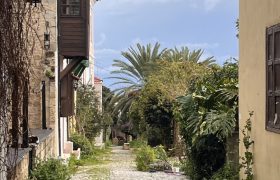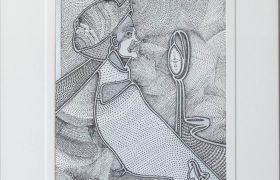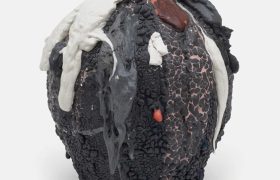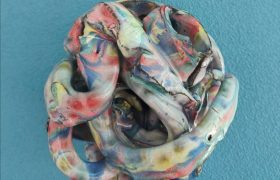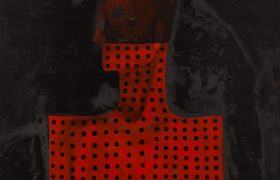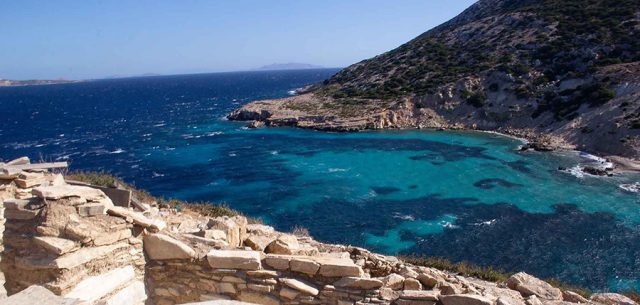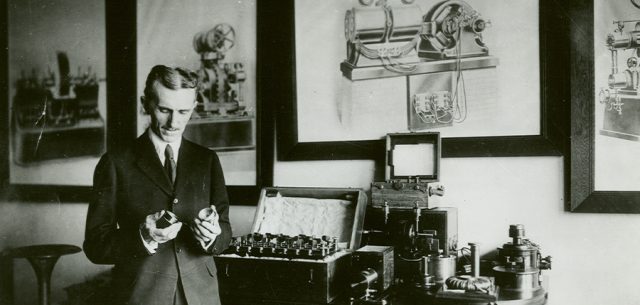Art around the Islands
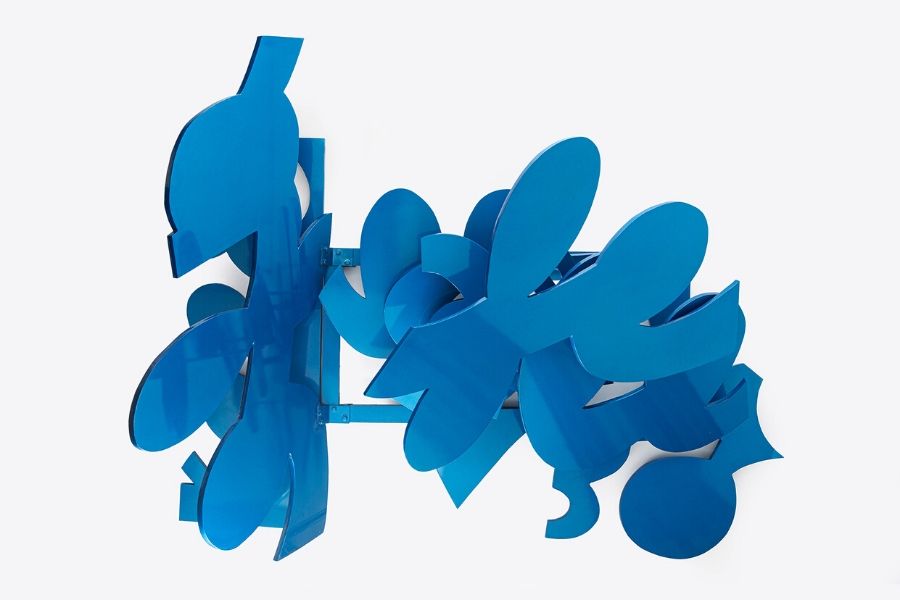
Chryssa, London Cityscape - Picadilly Circus 1989
Sometimes, a unique cultural experience, even an artistic one – can make your summer hols just that little bit more sublime. In fact, combining a dip into azure Greek waters with a dive into art, seems to be a growing trend on the islands. Athens Insider presents the top arty choices you may consider this summer.
Prayer
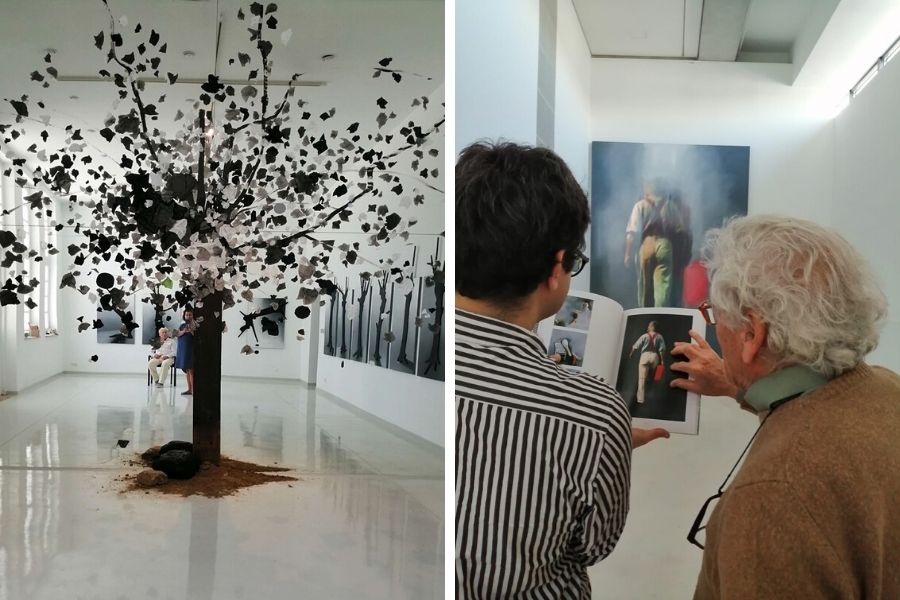
Prayer- ©Costas Tsoclis Museum
WHAT: Age has never been a deterrent to the creative curiosity of the 90-year old conceptual artist. His exhibition ‘Prayer’ at his eponymous Museum on Tinos celebrates the Tree in its various forms. The Costas Tsoclis Museum, housed in a former primary school in Kambos village on Tinos, opened in 2011, as a comprehensive archive of the artist’s work. The “Prayer” exhibition at the Costas Tsoclis Museum on Tinos celebrates the Tree in its various forms. “One day, a small revelation became my new guide”, writes Costas Tsoclis in 1973. “A tree, whose ever-changing image beautified my life, broke and revealed to me its specific and enduring truth: “the wood”, which had been hidden under its ephemeral image for so long. With my latest work, I try to unite the image, the source of the image and the use of this source in a single artistic event.” A thought-provoking exhibition that confronts the destruction of nature and invites the viewer to see beyond the image.
WHEN: Until September 30
WHERE: Costas Tsoclis Museum, Tinos, Tel: +30 228.305.1009, Website
Constantin Xenakis – Greece And Writing Codes
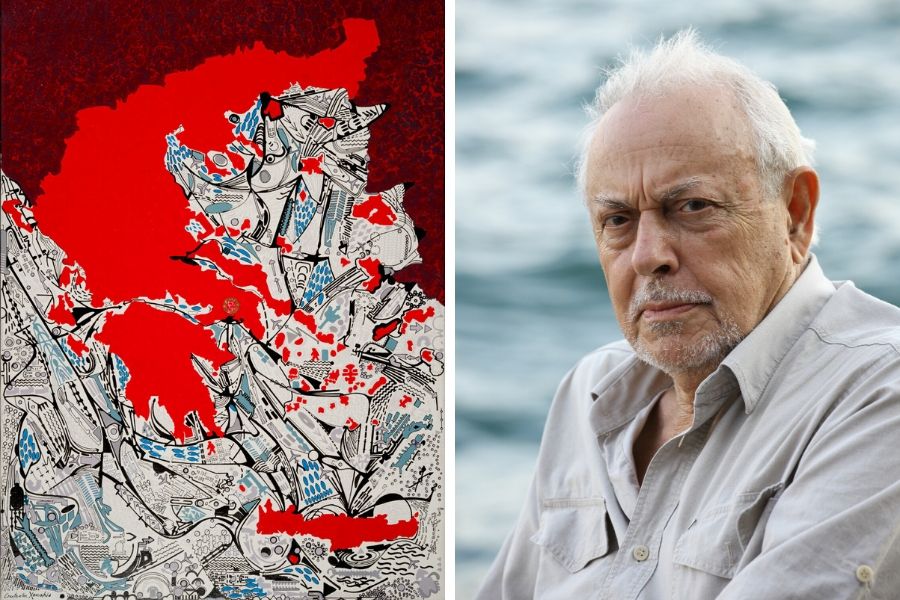
Constantin Xenakis
WHAT: The multifaceted visual idiom of Constantin Xenakis, who recently passed away, is inspired by signs and symbols that span the spectrum from the ancient worlds of Egypt and Greece to contemporary reality: urban structures, computer systems, the chaotic internet. He charts and codifies, combines elements from past and present, documents and denounces the impasses of communication, the lack of understanding, the contemporary world’s failure to connect. The emblematic work in the series at the Museum is a map of Greece, a chart of the sea—”la mer grecque”. As always in the mapping works of Xenakis, the objective documentation is chaotically mingled with symbols-references that are personal or cultural in a broader sense. The charted Aegean Sea is presented as a “mosaic of shipwrecks”; a Greek sea that acts as both an intercultural cradle and a hub of Greek tragedy. It must be remembered that the Aegean is the predominant marine point of reference throughout Greek history, political and cultural alike, and hence a timeless element of Greek and Greek-born identity.
WHEN: Until October 4
WHERE: Archaeological Museum of Poros, Koryzi Square, 18020, Poros, Tel: +30 697.998.9684, Website
Abstract approaches by Greek artists of the Diaspora
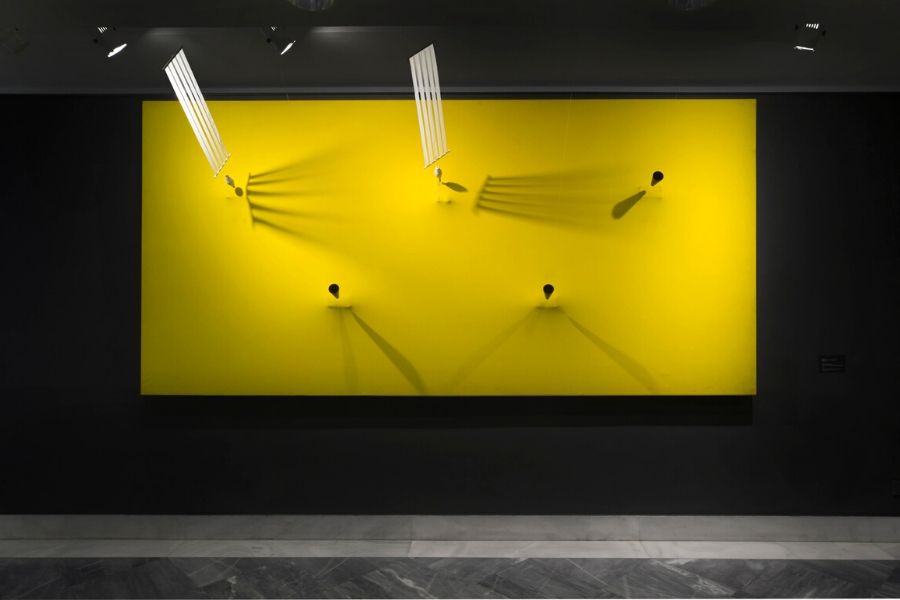
Takis, Mur magnétique jaune 1976
WHAT: Curated by Kyriakos Koutsomallis, the exhibition features works of art by modern Greek artists from the diaspora who thrived in their adopted countries pursuing their creative careers. Basil and Elize’s impressive collection features artists Chryssa, Lynda Benglis and Babis Vekris (who were based in the US), Paris-based artists and sculptors Takis, Pavlos, Sophia Vari, Dicos Byzantios, Vizantiou and several other prominent diaspora artists including British-born Greek-American Mark Hadjipateras, Greek-born, American mixed media artist Lucas Samaras amongst others.
WHEN: Until September 27
WHERE: B & E Goulandris Foundation, Andros, Tel: +30 228.202.2444, Website
26th Kalamata Dance Festival
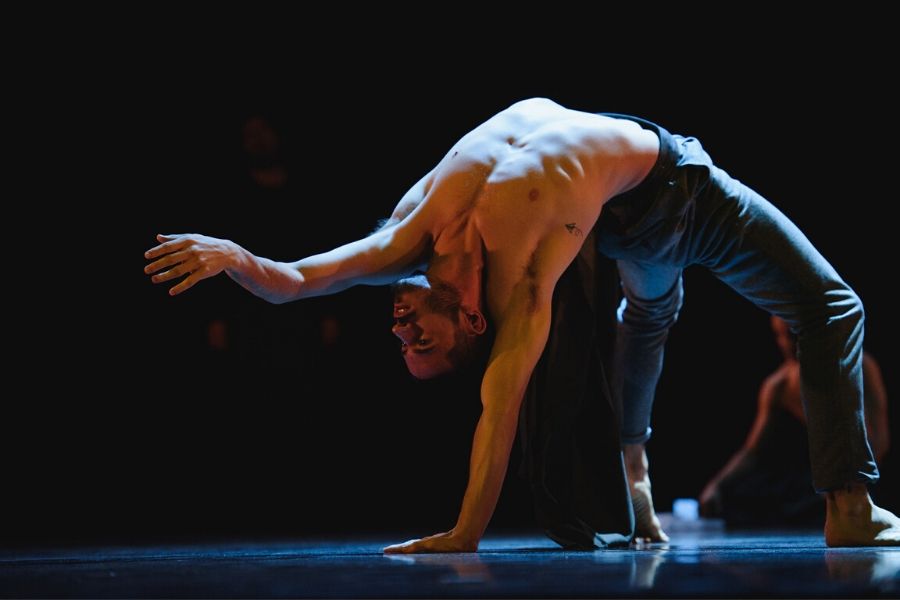
26th Kalamata Dance Festival
WHAT: For ten days in August, in the beautiful Messinean town of Kalamata, twenty one international dance masters come together to showcase multidisciplinary dance performances – from contemporary circus to street dance. This year marks the 26th anniversary of the festival which has continued to celebrate artists who explore the limits of dance and the human body.
WHEN: August 21 – August 30
WHERE: Kalamata, Website
Nikos Markou – “Τopos”
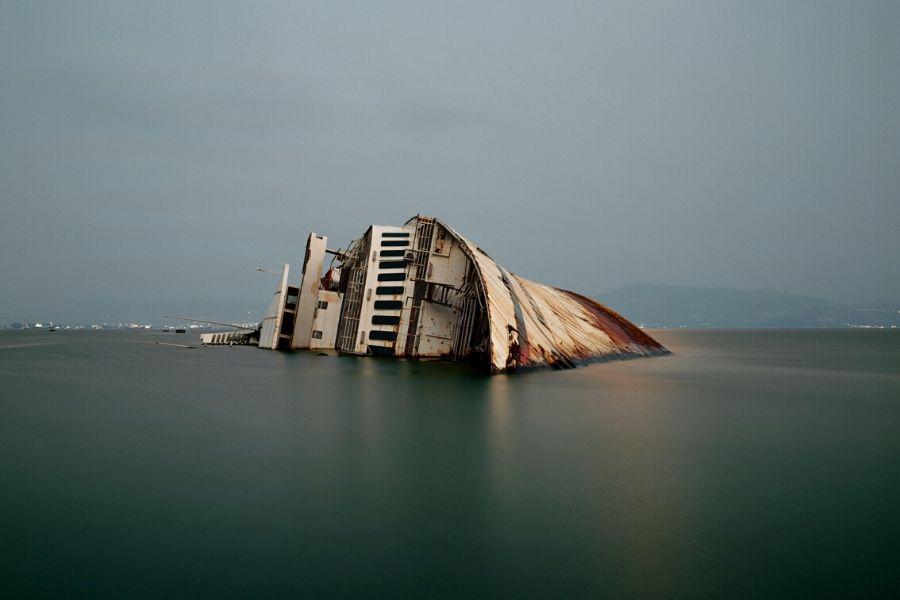
Nikos Markou, TOPOS, Elefsina, ©CITRONNE Gallery, Athens – Poros
WHAT: Photographer Nikos Markou selects spaces which he defines as a personal “Topos” — a private point of reference. His Topos of urban or other decontextualized landscapes leads towards a clear or unclear horizon which renders them deliberately finite. The human presence is either nonexistent or merely hinted at—but its impact is all too visible: pollution, environmental destruction, deterioration of nature, distortion of the physiognomy of the place. In the images of Athens, degradation has evolved into an everyday experience, but similar elements can be discerned out of town, such as the half-sunken ship that dissects the horizon and the sea in Eleusis. Even the lotus flowers in the Corinthian landscape hint at the loss of memory more than at blossoming and bounty. Here the photographer aims to generate a semi-objective impression as he invisibly intertwines natural and artificial elements. His “topos” is constructed via the framing of his chosen subject.
WHEN: Until September 13
WHERE: CITRONNE Gallery, Virvili Square, 18020 Poros, Tel: +30 697.998.9684, Website

